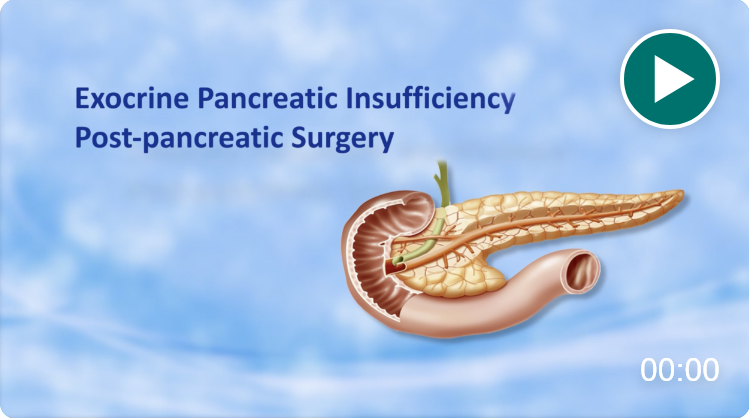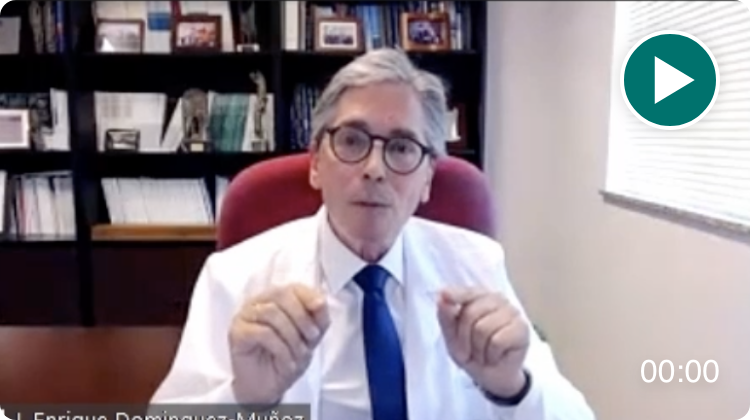
EPI Education
Take a deep dive into EPI and learn from experts in the field.
About EPI: EPI pathogenesis, symptoms, and diagnosis
Etiologies of EPI: Recognize EPI and the barriers to diagnosis
Management of EPI: Key information for managing EPI
Case Studies: Experts present case-based narratives on EPI
Select one or more filters below to explore topic-specific resources.
Transcript
This case that I'm going to be presenting, it’s a 63-year-old man that was referred to our pancreatic disease center for the evaluation of weight loss, diarrhea, abdominal gas, and bloating.
The patient denies any history of abdominal pain. The physical exam was unremarkable. He had no family history of pancreatitis, pancreatic cancer, or any family members with cystic fibrosis. He has been an active smoker of two packs of cigarettes per day for the past 40 years, and he has no history of alcohol use or abuse.
Part of the testing that has been performed including CBC, complete metabolic panel, amylase and lipase, all of which were normal.
We order a fecal elastase and an abdominal CT scan. The fecal elastase came back at 50 micrograms per gram. Normal is above 200.
CT scan of the abdomen was also performed. In Image A, you can see a large stone localized in the head of the pancreas. In Image B, you can see the same stone, but you see pancreatic ductal dilation. No masses were seen in the pancreas.
Based on the above information, the diagnosis of chronic calcific pancreatitis with exocrine pancreatic insufficiency was made.
Remember, the patient has a major risk factor of heavy smoking for many years. This is a well-recognized risk factor for the development of chronic pancreatitis. The patient has no history of alcohol use or abuse in the past.
Pancreatic enzyme replacement therapy was initiated. A month later, he was seen again in clinic, and the symptoms have persisted and he's not gaining weight.
In a patient taking pancreatic enzyme replacement therapy that is not responding to treatment, what should we be thinking about?
Noncompliance with medication is also frequently seen, and this could be related to the number of pills that need to be taken or sometimes the patient doesn't want to take the medication in front of friends or whoever may be with him or her during the meal. Taking the medications in the wrong interval is another problem that we frequently see in the clinic.
Remember, we must tell the patients to take the enzymes together with the food. Under-dosing is a frequently seen problem. Make sure that the patient is taking the right dose of enzymes together with each meal.
Small bowel bacterial overgrowth, it's another frequently under-recognized reason why patients don't respond to pancreatic enzyme replacement therapy.
Going back to our patient, our patient was taking the medication in the right interval. He was taking the right dose. So, based on this information, the assumption that he had small bowel bacterial overgrowth was made. It is my practice to start patients empirically with antibiotics to treat this condition when there is a high index of suspicion.
After initiation of antibiotic therapy at the same time that he was taking PERT, the patient was seen in the clinic a month later. By then, his symptoms had more or less completely resolved, and he was starting to gain weight.

EPI in Chronic Pancreatitis: A Short Case Study
Recognize how to diagnose and treat EPI in chronic pancreatitis patients.

Take an immersive journey into the physiology of the exocrine pancreas and the pathophysiology of EPI.

















